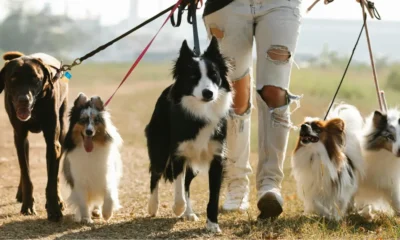Nature
The 10 Largest Farms in the World
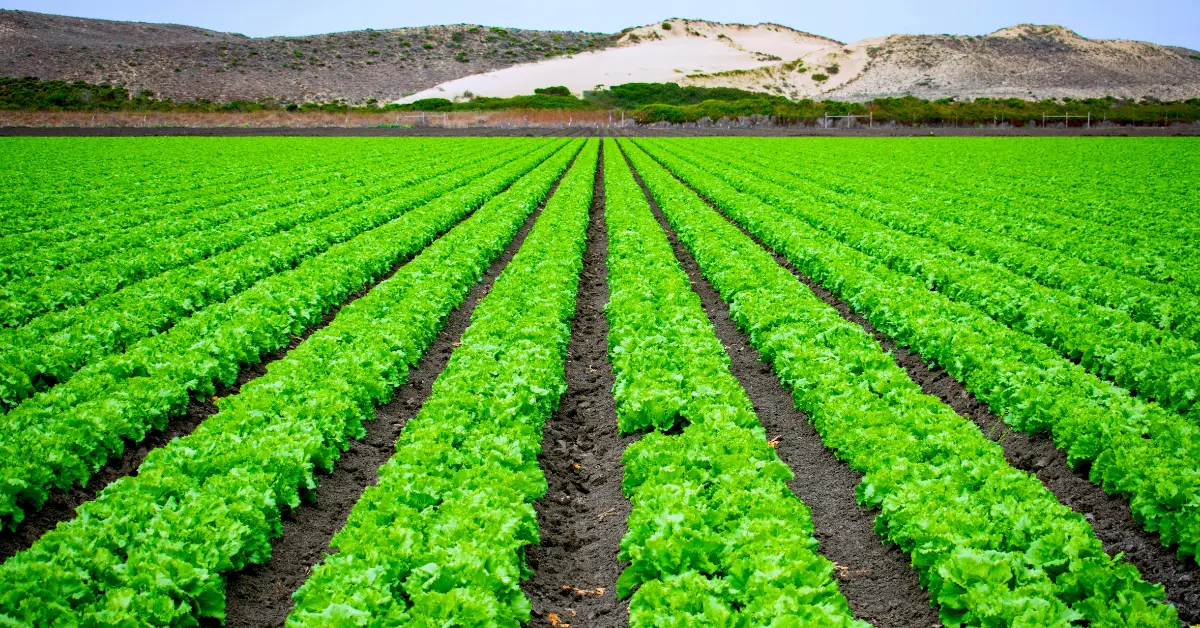
Key Takeaways
- The world’s biggest farms are mainly found in Australia, China, and the USA.
- These farms cover millions of acres, with some larger than entire countries.
- Cattle farming dominates large-scale agriculture, but some farms focus on dairy or conservation.
- Advancements in technology, sustainability, and climate adaptation shape the future of large farms.
- Large farms play a vital role in global food production and economic impact.
What Are the Largest Farms in the World?
Farms come in all shapes and sizes, but some are so big they look more like small countries than agricultural businesses. These massive farms produce meat, dairy, and crops on an unimaginable scale. Most of them are located in remote regions, where vast open lands allow livestock and crops to thrive.
The largest farm in the world covers a staggering 22 million acres, nearly the size of Portugal! If you’re curious about these farming giants, let’s explore the top 10 biggest farms and what makes them so massive.
How Do We Measure Farm Size?
Before diving into the list, it’s important to understand what makes a farm “big.” Farms can be measured by:
- Total land area (acres or hectares).
- Number of livestock (cattle, sheep, etc.).
- Crop production volume (tons of wheat, corn, etc.).
For this list, we are ranking farms based on total land area, as it’s the easiest way to compare their sheer size.
The 10 Largest Farms in the World
1. Mudanjiang City Mega Farm (China) – 22 Million Acres
- Location: China
- Type: Dairy farm
- Main Products: Milk, dairy products
- Why It’s Huge: This farm is the largest dairy farm on Earth, producing milk for China’s growing population. It has over 100,000 cows and supplies milk that would otherwise be imported from New Zealand.
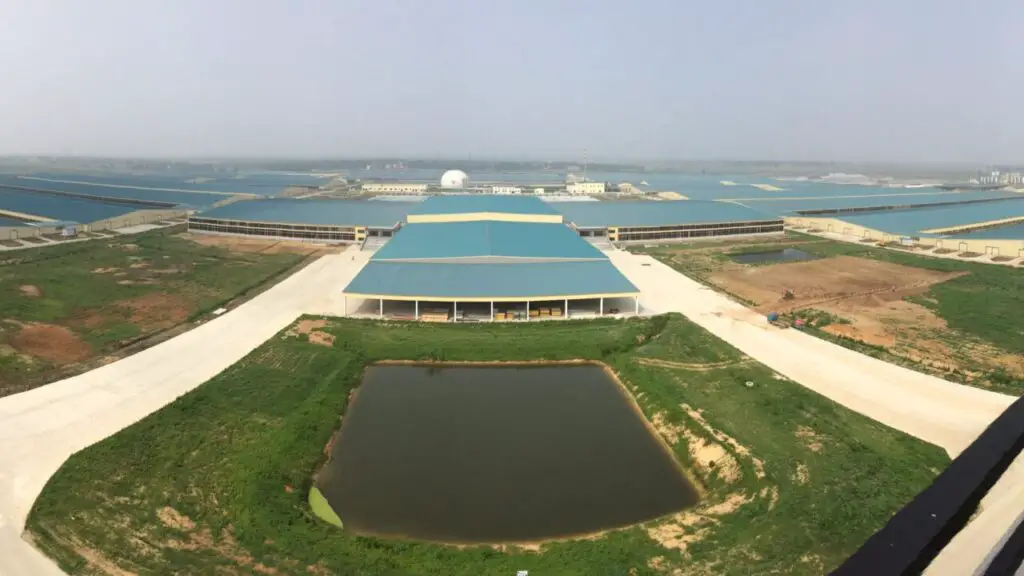
2. Anna Creek Station (Australia) – 6 Million Acres
- Location: South Australia
- Type: Cattle farm
- Main Products: Beef
- Why It’s Huge: This cattle station is bigger than the country of Israel! It has been a key player in Australia’s beef industry for decades, despite being located in one of the driest regions on the planet.
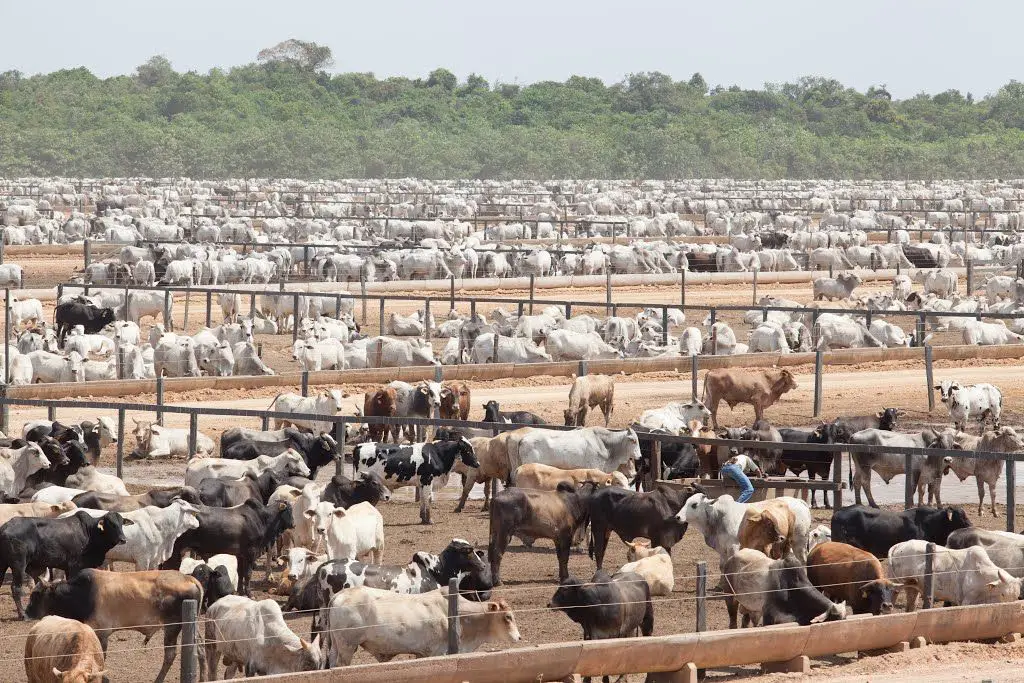
3. Clifton Hills Station (Australia) – 4.2 Million Acres
- Location: South Australia
- Type: Cattle farm
- Main Products: Beef
- Why It’s Huge: This farm is another massive Australian cattle station, taking advantage of the vast open lands to raise thousands of cows.
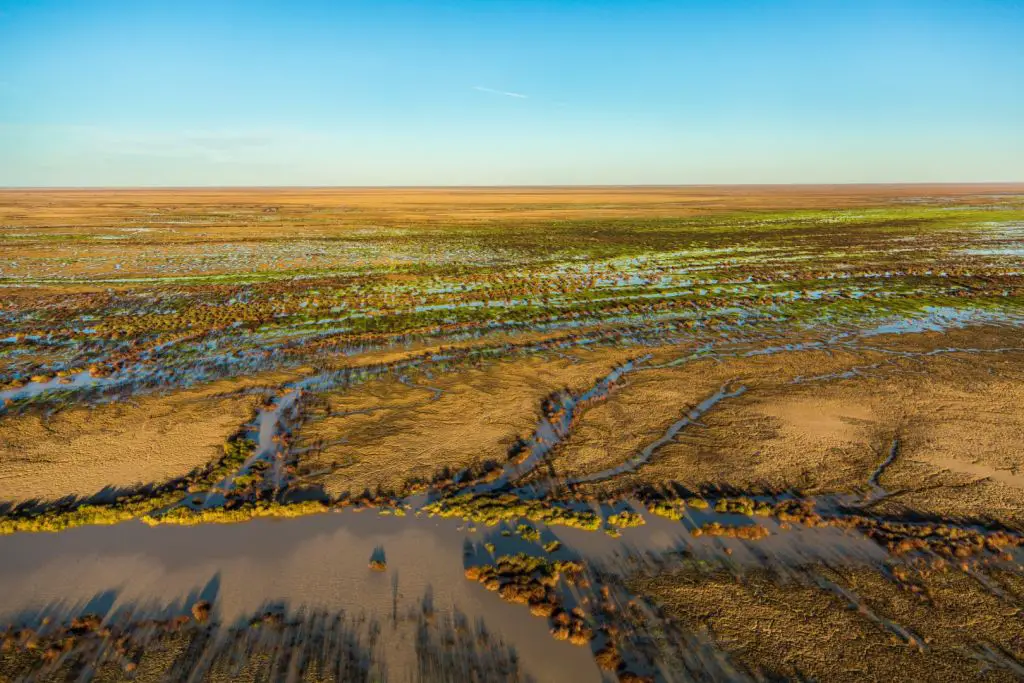
4. Alexandria Station (Australia) – 4 Million Acres
- Location: Northern Territory, Australia
- Type: Cattle farm
- Main Products: Beef
- Why It’s Huge: One of the biggest pastoral leases in Australia, known for its ability to withstand extreme weather conditions.
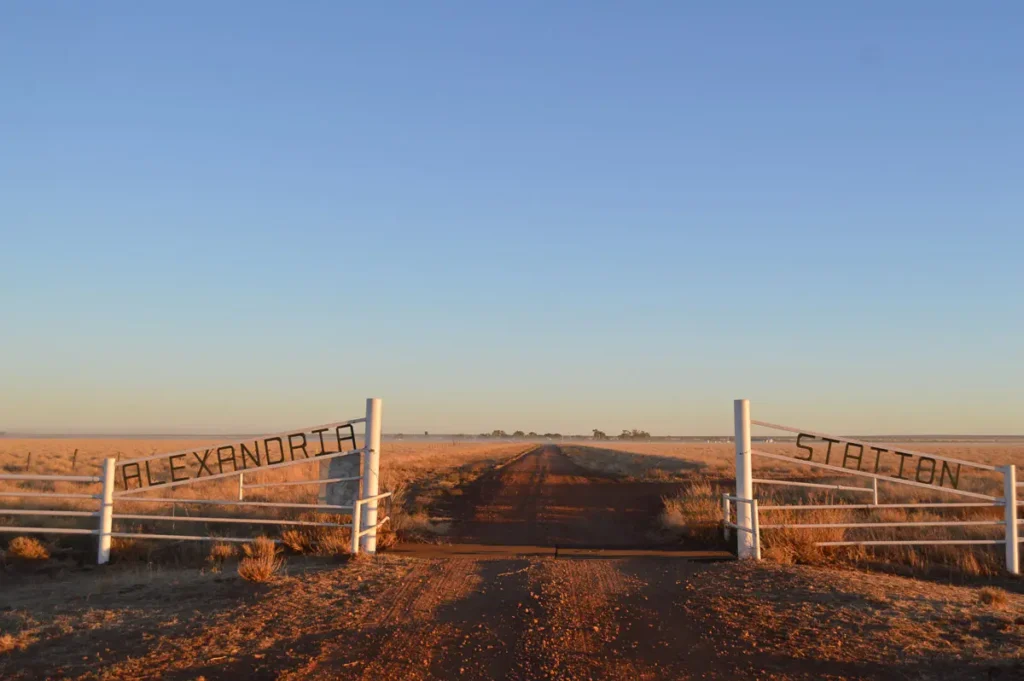
5. Davenport Downs (Australia) – 3.7 Million Acres
- Location: Queensland, Australia
- Type: Cattle farm
- Main Products: Beef
- Why It’s Huge: With more than 200,000 cattle, this farm is a powerhouse of beef production.
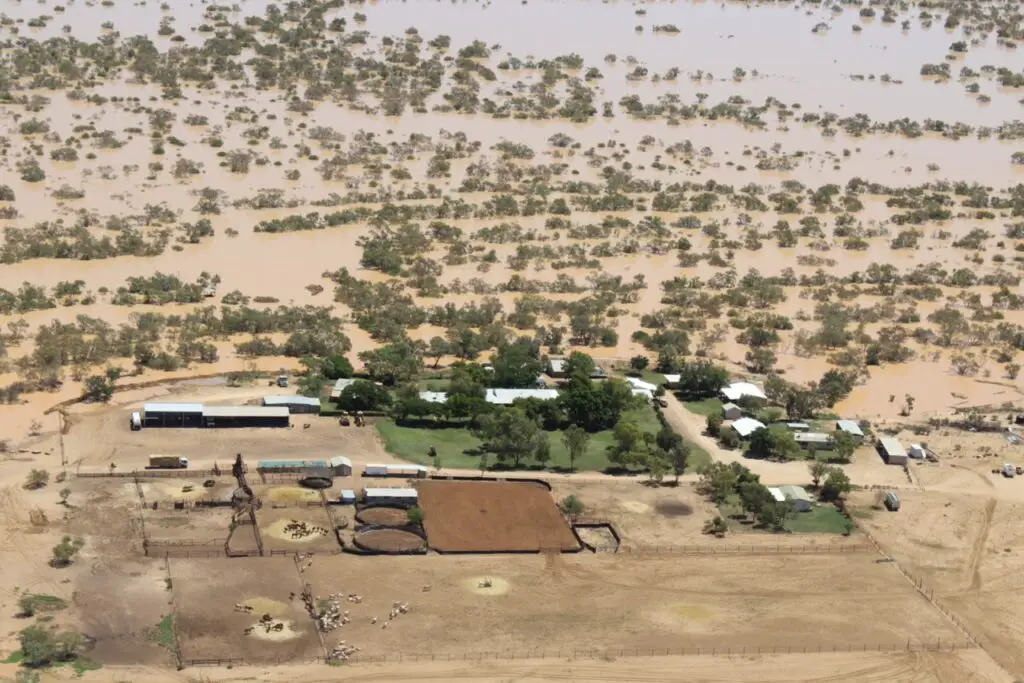
6. Home Valley Station (Australia) – 3.5 Million Acres
- Location: Western Australia
- Type: Cattle farm & tourism
- Main Products: Beef, eco-tourism
- Why It’s Huge: This farm is unique because it also focuses on sustainable tourism, offering visitors a chance to experience the outback lifestyle.
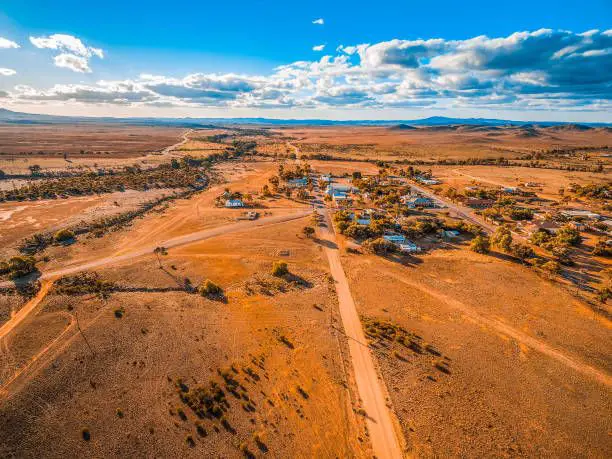
7. Innamincka Station (Australia) – 3.3 Million Acres
- Location: South Australia
- Type: Cattle farm
- Main Products: Beef
- Why It’s Huge: This historic farm has been operating for over 100 years and remains a key player in Australia’s livestock industry.
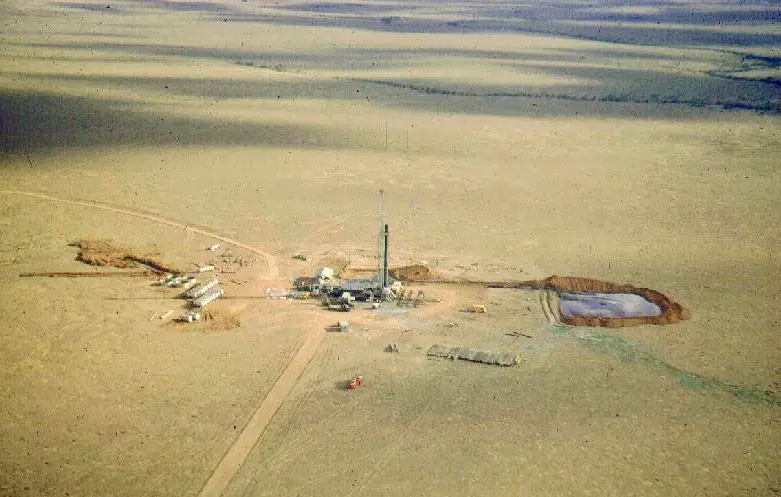
8. Wave Hill (Australia) – 3.3 Million Acres
- Location: Northern Territory, Australia
- Type: Cattle farm
- Main Products: Beef
- Why It’s Huge: This station is known for its role in Indigenous land rights history and is still an important cattle operation today.
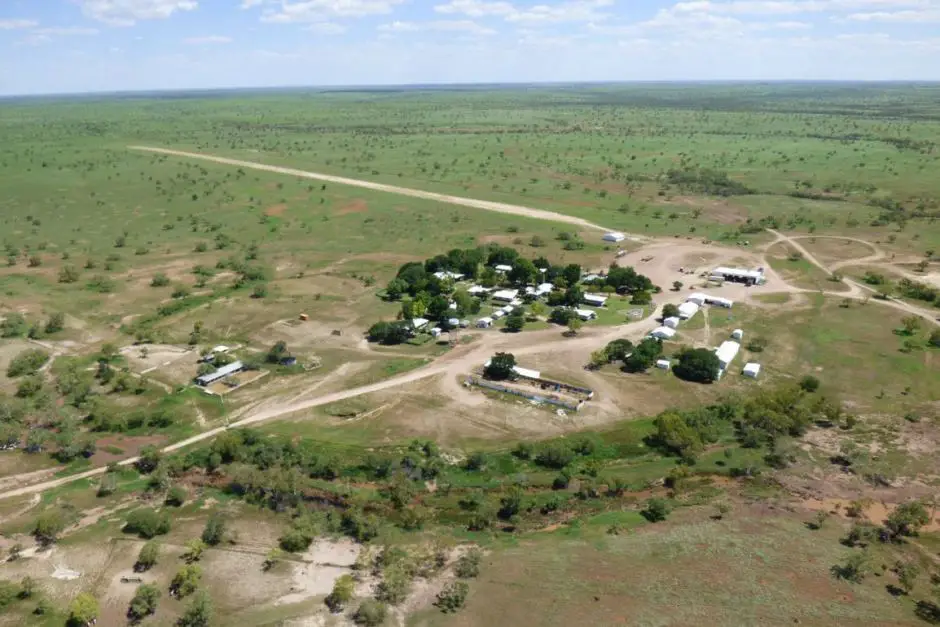
9. King Ranch (USA) – 825,000 Acres
- Location: Texas, USA
- Type: Cattle farm
- Main Products: Beef, horse breeding
- Why It’s Huge: The largest ranch in the United States, known for its high-quality cattle and thoroughbred horses.
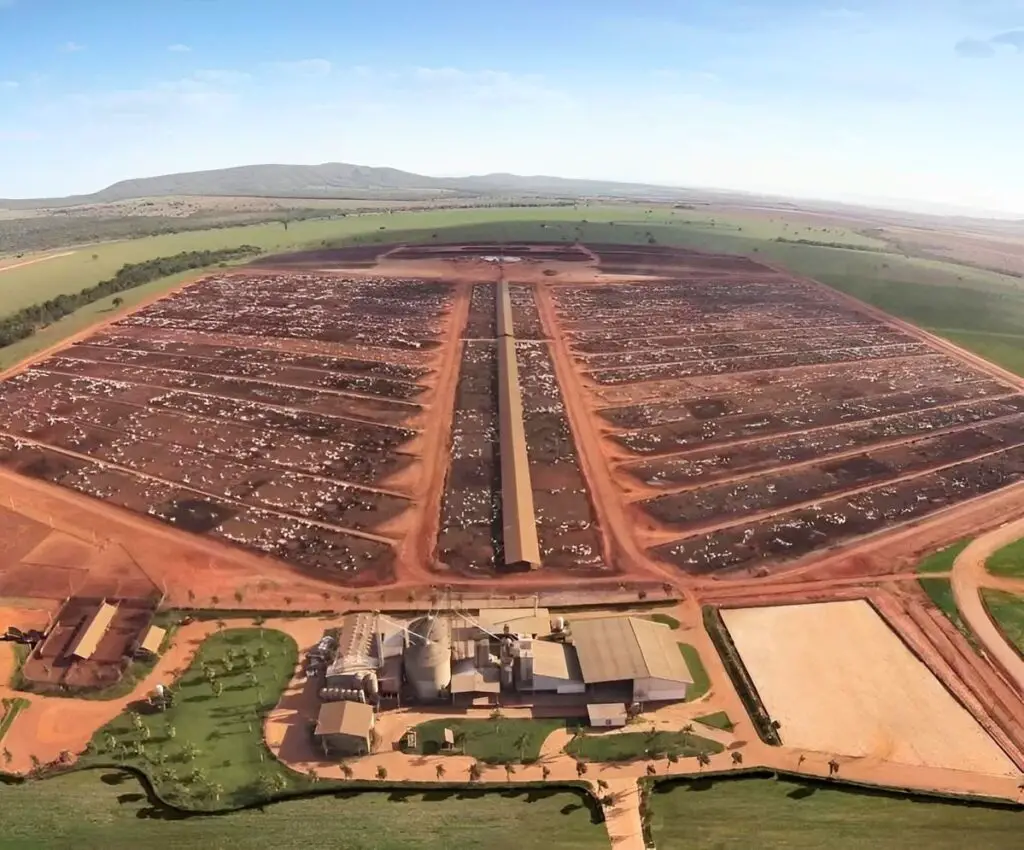
10. Vermejo Park Ranch (USA) – 590,000 Acres
- Location: New Mexico, USA
- Type: Conservation & ranching
- Main Products: Wildlife conservation, cattle
- Why It’s Huge: Owned by media mogul Ted Turner, this farm focuses on environmental conservation and sustainable ranching.
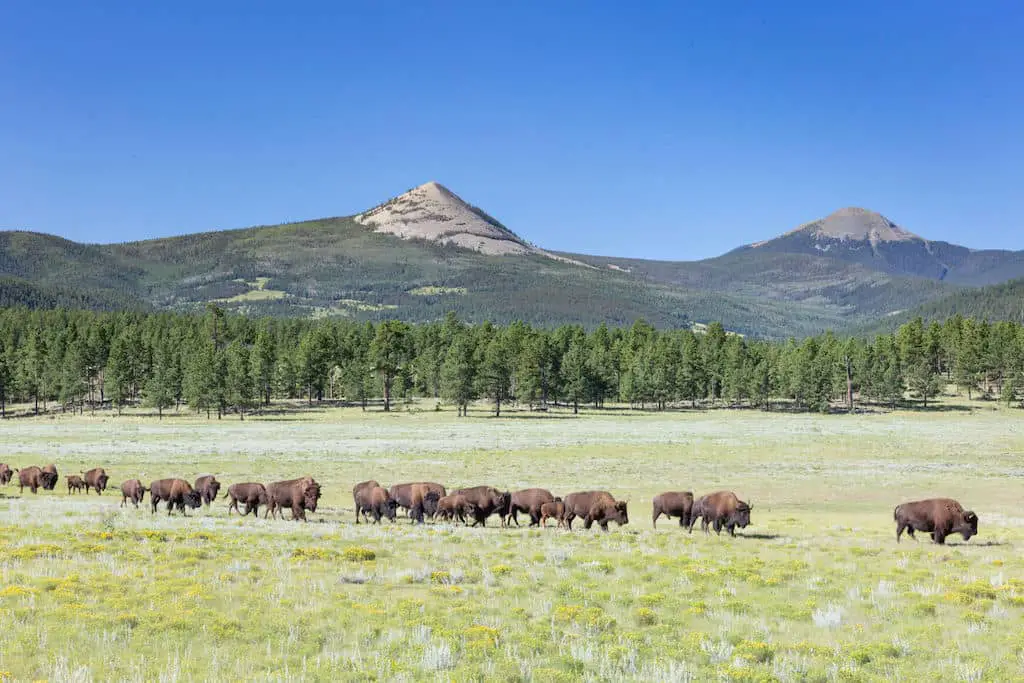
What Do These Farms Have in Common?
The biggest farms in the world share some key features:
- Vast, open landscapes: Most are in remote, dry regions.
- Livestock dominance: Cattle farming is the most common operation.
- Advanced technology: Many use drones, satellite tracking, and automated feeding systems.
- Economic impact: These farms contribute significantly to local and global agriculture.
The Future of Large-Scale Farming
As farming technology improves, we may see:
- More automation and AI to increase efficiency.
- Better water management to sustain large-scale farms.
- Sustainability efforts to reduce environmental impact.
- Alternative farming techniques like vertical and lab-grown food production.
Conclusion
The world’s largest farms are not just about size—they’re about feeding millions, sustaining economies, and pushing farming technology forward. From China’s dairy giant to Australia’s massive cattle stations, these farms are essential for global food production.
As the demand for food grows, these farms will continue to evolve, embracing new technology and sustainable practices to meet the world’s needs.
FAQs
1. What is the largest farm in the world?
The Mudanjiang City Mega Farm in China is the largest farm in the world, covering 22 million acres and focusing on dairy production.
2. Why are most of the biggest farms in Australia?
Australia has vast, open lands perfect for large-scale cattle farming, making it home to most of the world’s biggest farms.
3. Do these large farms use advanced technology?
Yes! Many large farms use drones, GPS tracking, automated irrigation, and AI-driven management systems to operate efficiently.
4. Are there large farms in other parts of the world?
Yes, but they are much smaller compared to those in Australia, China, and the USA. Some large farms exist in Brazil, Russia, and Argentina.
These farms are more than just land—they’re powerhouses of food production that help feed the world! 🌎🍽️
Nature
The Most Beautiful Places to Travel in the World

Key Takeaways
- Discover breathtaking natural wonders like the Grand Canyon, Northern Lights, and Great Barrier Reef.
- Explore stunning urban marvels such as Santorini, Paris, and Venice.
- Relax on idyllic beaches like Bora Bora, Maldives, and Seychelles.
- Visit hidden gems including Chefchaouen, Hallstatt, and Pamukkale.
- Immerse yourself in culture at iconic landmarks like Machu Picchu, Petra, and Angkor Wat.
Answer to the Topic: The Most Beautiful Places to Travel in the World
If you’re dreaming of places that look like they’re straight out of a fairy tale or a movie, this guide will show you some of the most stunning spots on Earth. Whether you’re into majestic mountains, clear blue waters, or ancient cities filled with history, there’s a place for everyone. Let’s dive deep into these incredible destinations.
Natural Wonders
The Grand Canyon, USA
The Grand Canyon is a masterpiece of nature. Its massive, colorful rock layers tell a story of millions of years. You can hike down the trails, take a helicopter ride, or just admire its beauty from the rim. Sunrise and sunset are especially magical here.
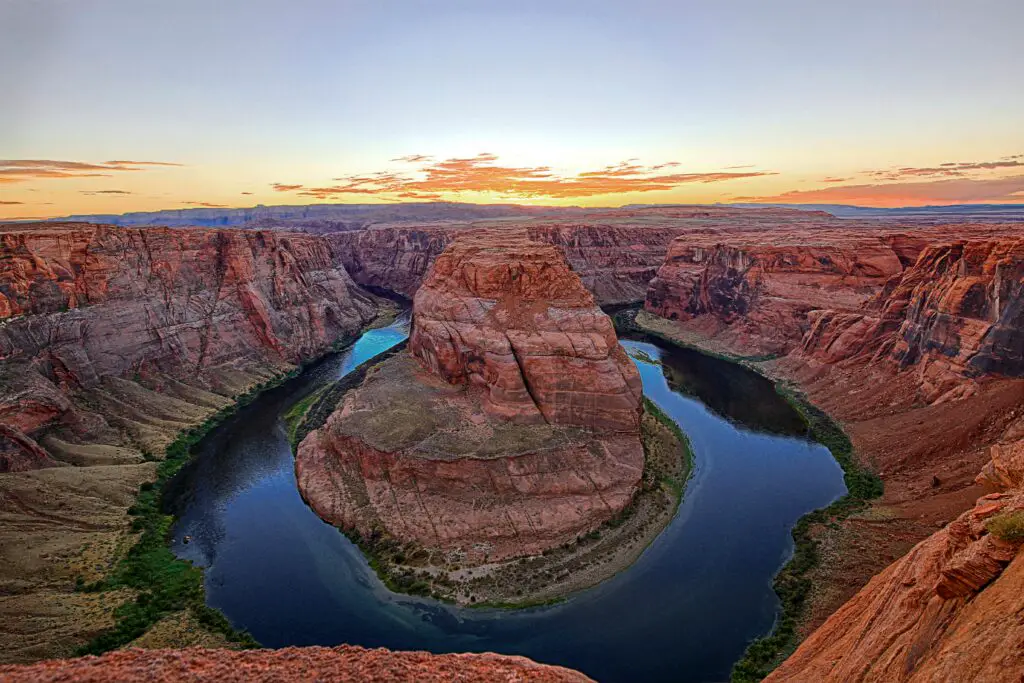
Aurora Borealis (Northern Lights)
Witnessing the Northern Lights feels like stepping into a dream. Best seen in places like Iceland, Norway, or Canada, these shimmering lights are caused by solar particles colliding with Earth’s atmosphere. Winter months and dark skies give you the best chance to see this natural phenomenon.
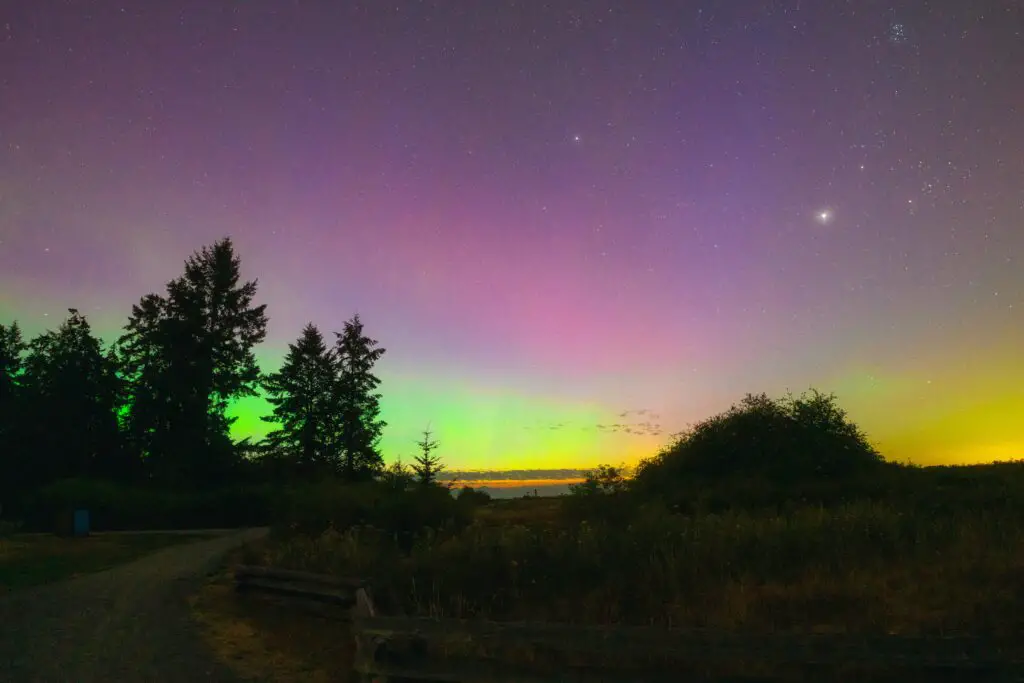
Great Barrier Reef, Australia
The Great Barrier Reef is the world’s largest coral reef system, brimming with marine life and vibrant coral. Snorkeling and diving here is like entering another world. Protecting this natural wonder is crucial, so consider eco-friendly tours.

Plitvice Lakes, Croatia
Imagine cascading waterfalls flowing into turquoise lakes surrounded by lush greenery. Plitvice Lakes National Park offers wooden pathways to explore this stunning landscape up close. It’s a paradise for nature lovers.
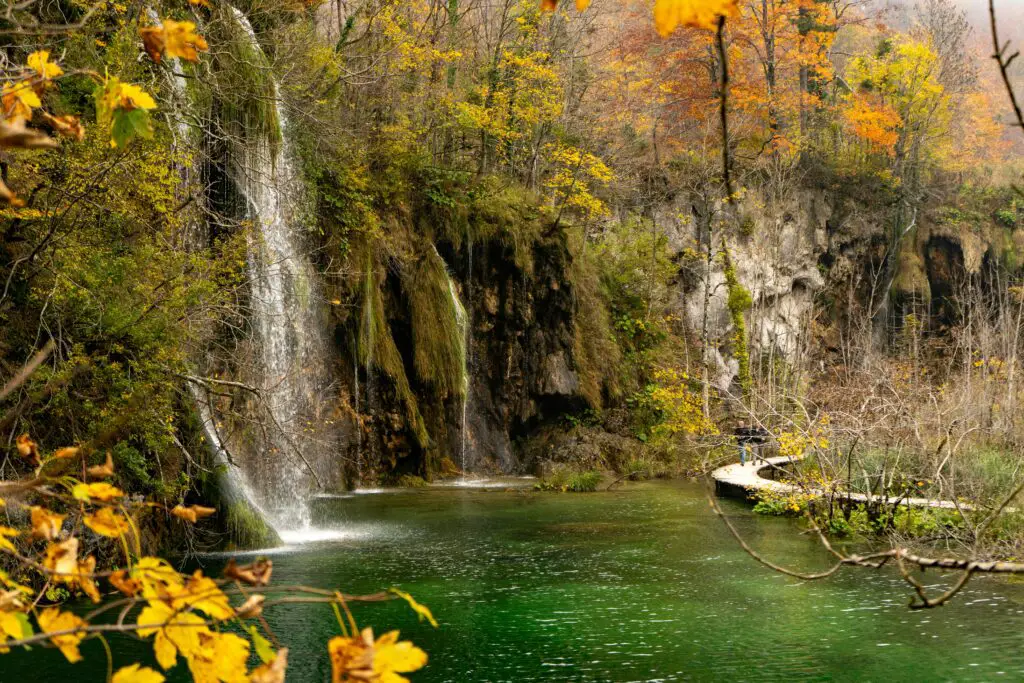
Urban Marvels
Santorini, Greece
Santorini’s white buildings with blue domes are iconic. Perched on cliffs, the island offers stunning views of the Aegean Sea. Don’t miss its sunsets—they’re considered some of the best in the world.

Paris, France
The Eiffel Tower, cobblestone streets, and art museums make Paris a must-visit. Beyond its landmarks, the city is filled with charming cafes and a romantic atmosphere.

Venice, Italy
Venice is like a painting come to life. Its canals, gondolas, and historic architecture make it one of the most unique cities on Earth. Make sure to explore its quieter alleys for hidden gems.
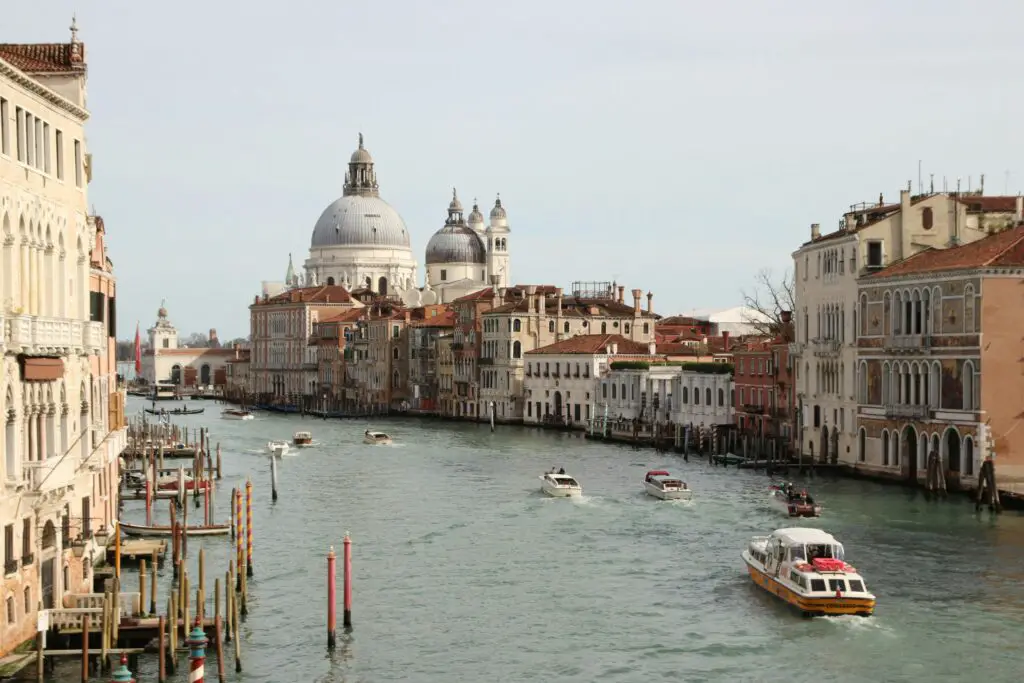
Beach Paradises
Bora Bora, French Polynesia
With crystal-clear lagoons and luxurious overwater bungalows, Bora Bora feels like heaven on Earth. It’s perfect for honeymooners and those seeking total relaxation.

Maldives
The Maldives offers powdery white sand beaches and vibrant coral reefs. Many resorts have private villas that make you feel like you have the whole ocean to yourself.

Seychelles
The Seychelles is known for its giant granite boulders and untouched beauty. It’s a great choice for those who want to escape crowds and enjoy nature.

Hidden Gems
Chefchaouen, Morocco
Chefchaouen, known as the “Blue City,” is a hidden treasure. Its bright blue streets and friendly locals make it feel magical. It’s a peaceful escape with stunning views of the surrounding mountains.
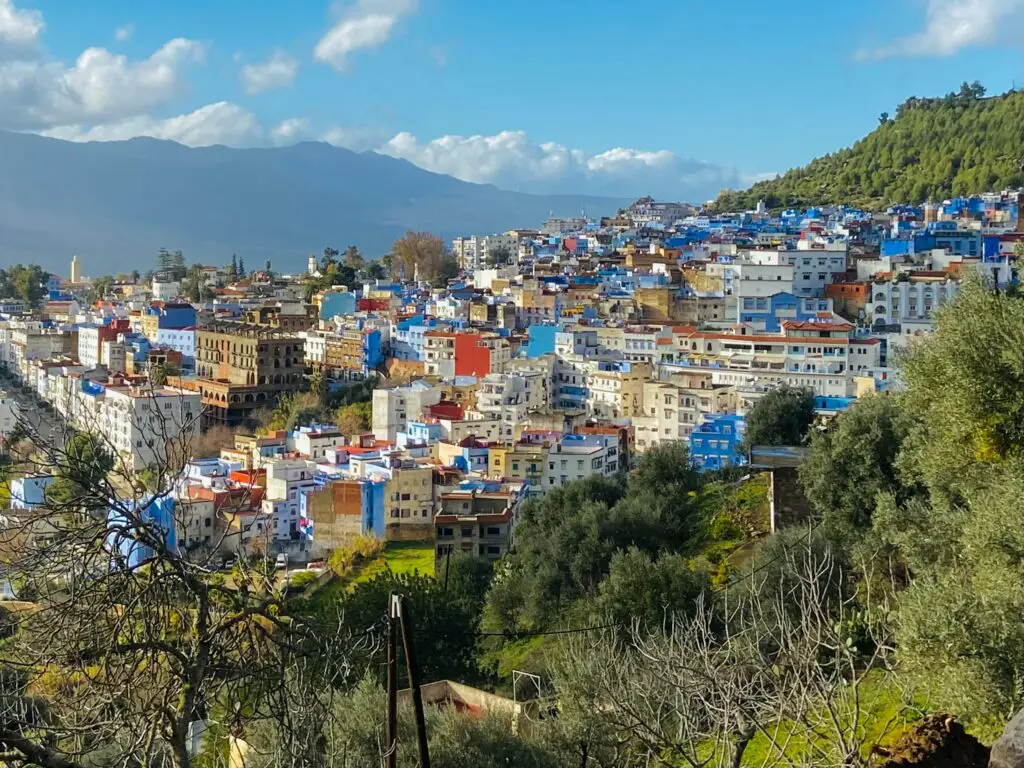
Hallstatt, Austria
This small village is straight out of a storybook. Nestled by a lake and surrounded by mountains, Hallstatt is perfect for peaceful walks and exploring its salt mines.
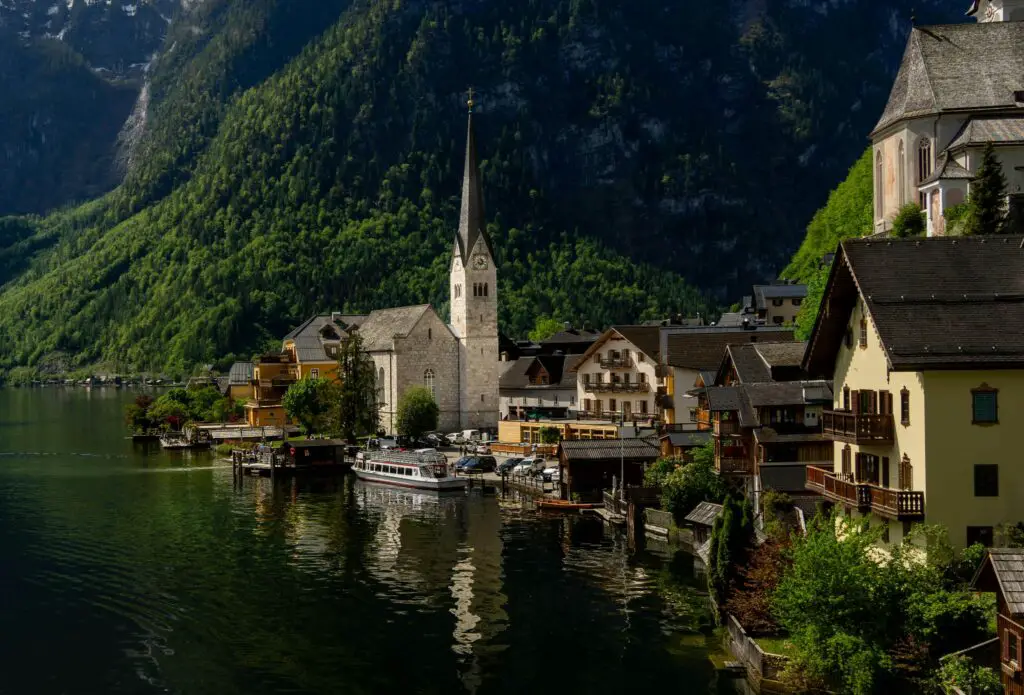
Pamukkale, Turkey
Pamukkale means “cotton castle” in Turkish, and its white terraces filled with warm mineral water look like something from another planet. You can bathe in these natural pools while soaking in the view.
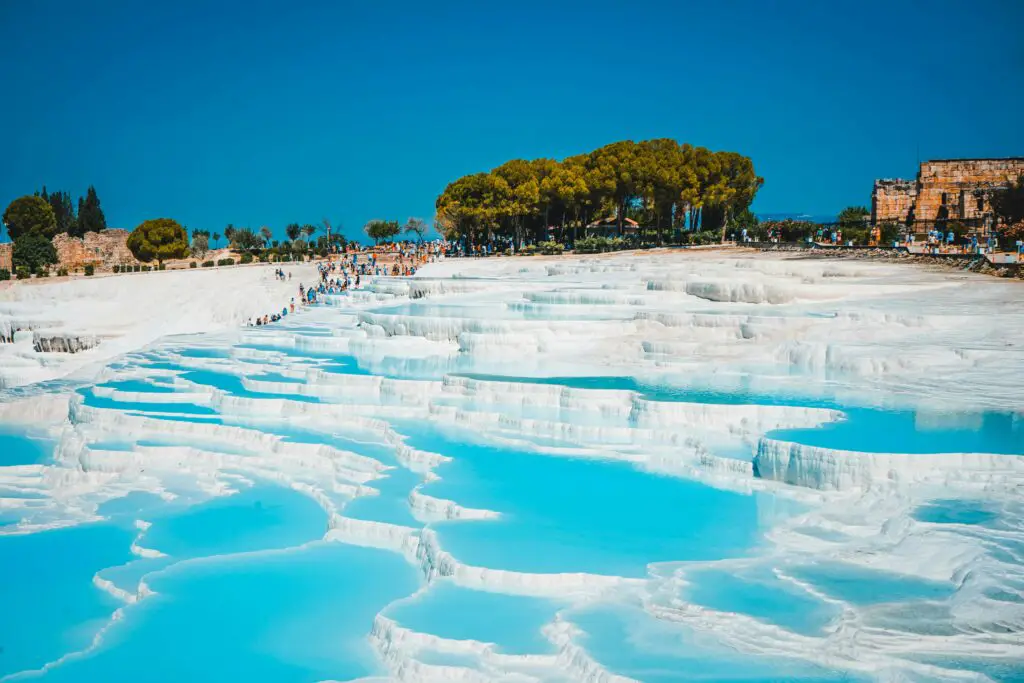
Cultural and Historic Destinations
Machu Picchu, Peru
Machu Picchu is an ancient Incan city high in the Andes Mountains. Surrounded by misty peaks, it’s a place that feels mystical. Hiking the Inca Trail is a popular way to get there.
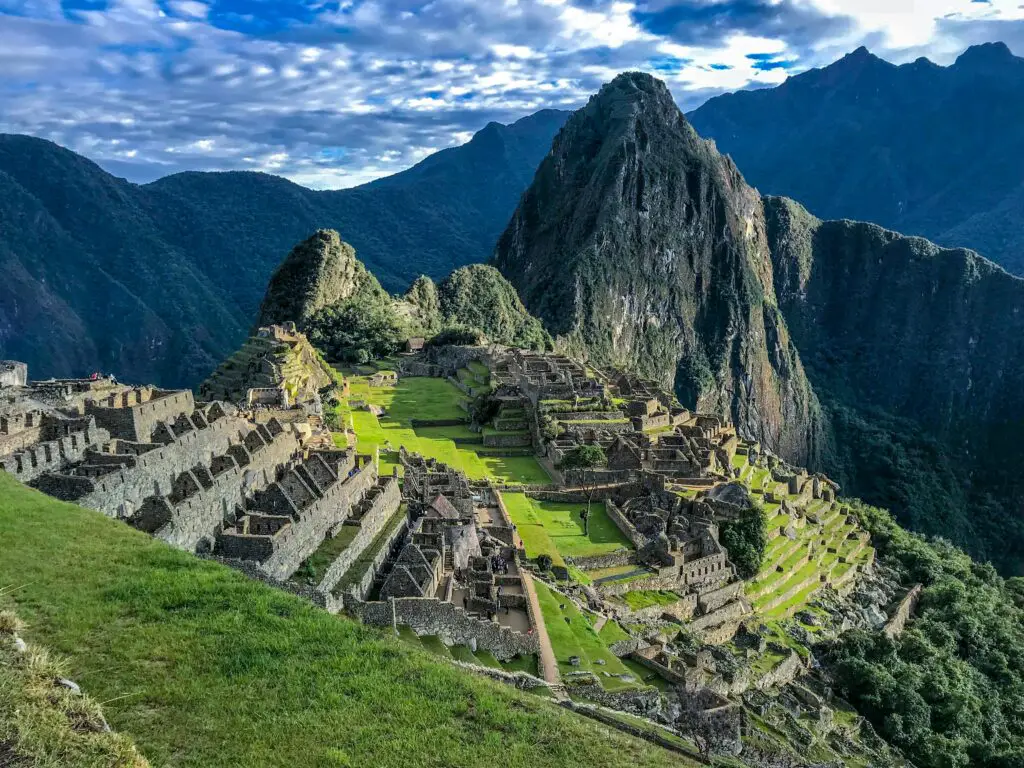
Petra, Jordan
Known as the “Rose City,” Petra is carved into red rock cliffs. Its most famous site, the Treasury, will leave you speechless. Arrive early to avoid crowds and fully enjoy its grandeur.
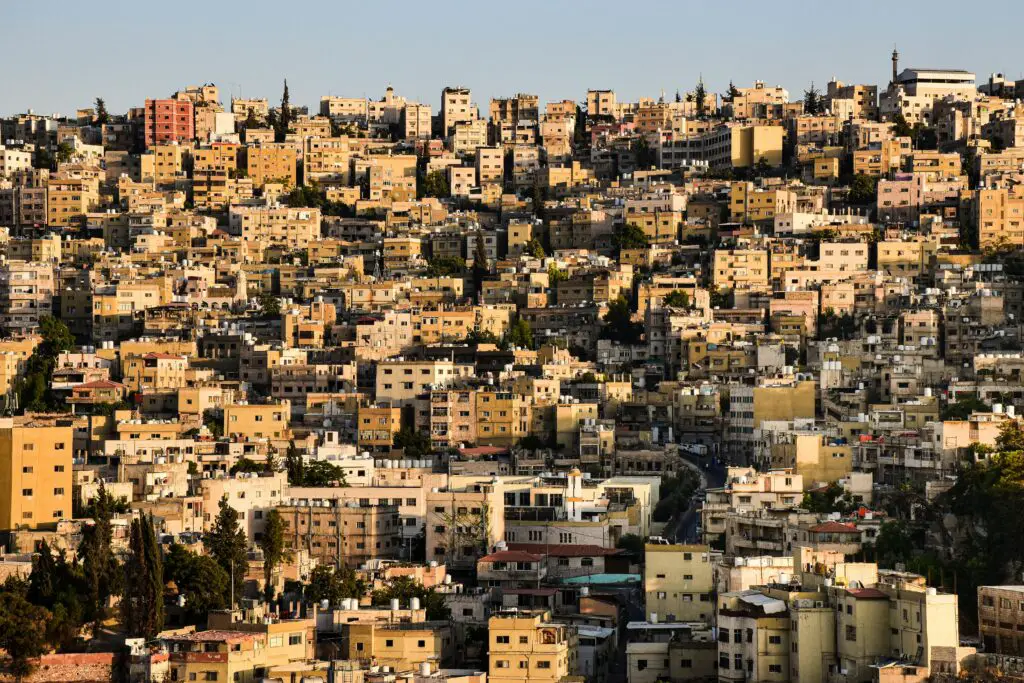
Angkor Wat, Cambodia
Angkor Wat is the largest religious monument in the world. Its intricate carvings and massive structure are awe-inspiring. Sunrise at Angkor Wat is a must-see experience.
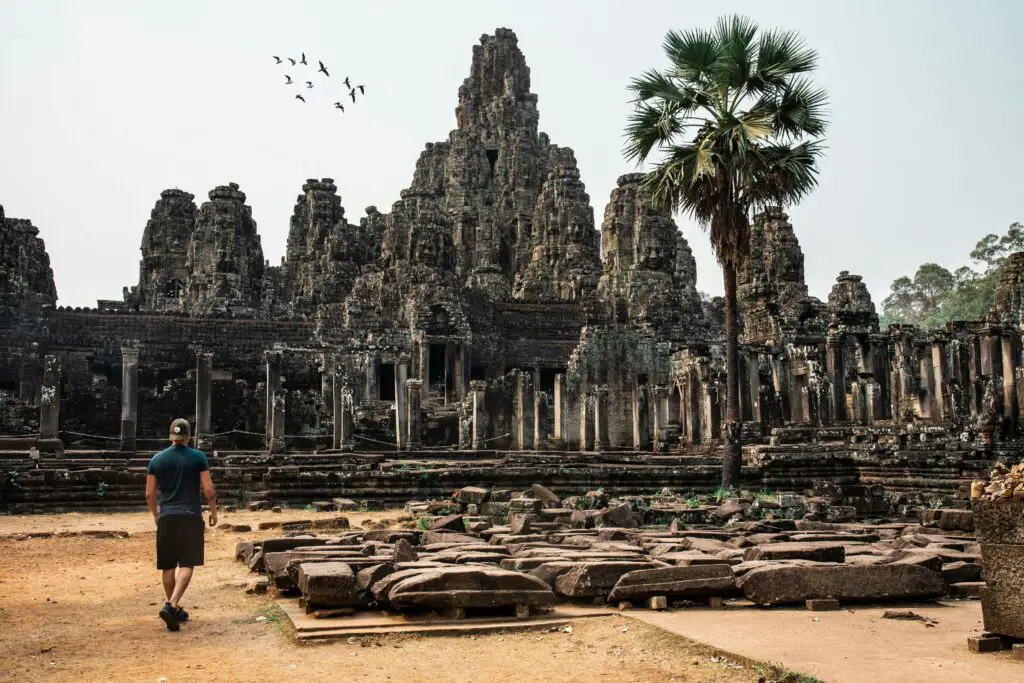
FAQs
What are the most beautiful natural wonders in the world?
Some of the most stunning natural wonders include the Grand Canyon, Northern Lights, Great Barrier Reef, and Plitvice Lakes. Each offers a unique experience, from geological marvels to breathtaking skies.
Which urban destinations should I visit for beauty and culture?
Cities like Santorini, Paris, and Venice are perfect for those who love architecture, culture, and history. They combine stunning visuals with rich stories.
Where can I find the best beaches?
If you’re a beach lover, Bora Bora, the Maldives, and Seychelles are top picks. These places are famous for their clear waters, soft sands, and peaceful vibes.
What are some hidden gems for travelers?
Hidden gems like Chefchaouen, Hallstatt, and Pamukkale offer unique experiences without the overwhelming crowds. They’re perfect for those seeking something off the beaten path.
Conclusion
The world is full of breathtaking places that cater to every traveler’s taste. Whether you’re looking for natural wonders, urban excitement, relaxing beaches, or cultural treasures, there’s no shortage of options. Each destination on this list offers its own unique beauty and story, waiting for you to explore. So, where will you go first?
Helpful Resources
-

 Animals12 months ago
Animals12 months agoTypes of Ants Living in the World and Information
-
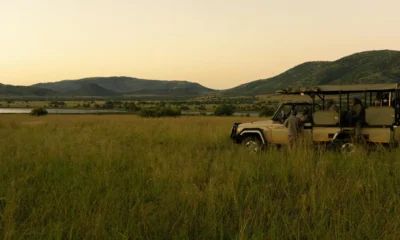
 Forests12 months ago
Forests12 months agoThe 10 Best Forests to Visit in the World
-

 Ocean1 year ago
Ocean1 year agoOceans in the World and Their Information & Locations
-
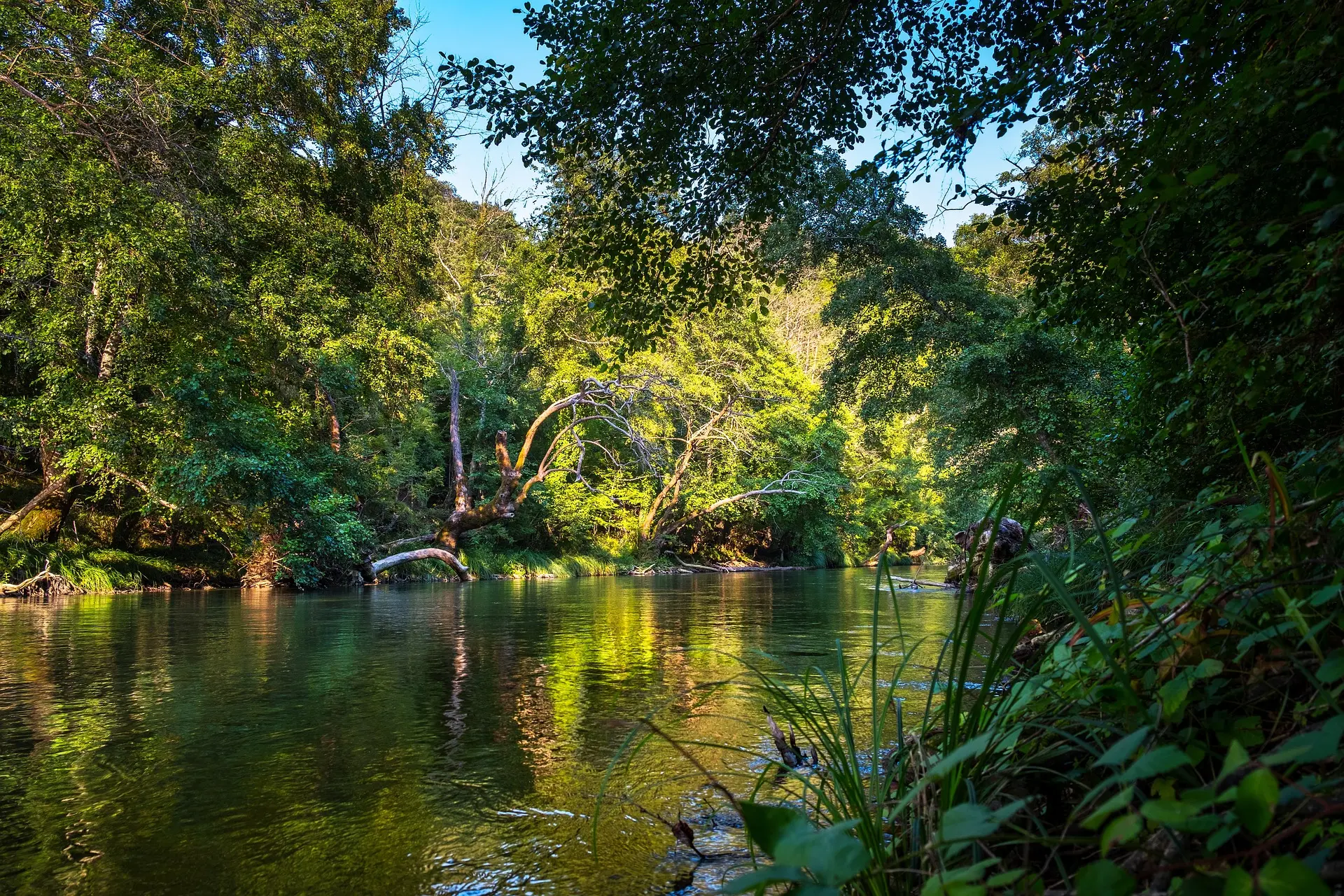
 Forests4 years ago
Forests4 years agoWhat Is The Biggest Rainforest In The World?
-
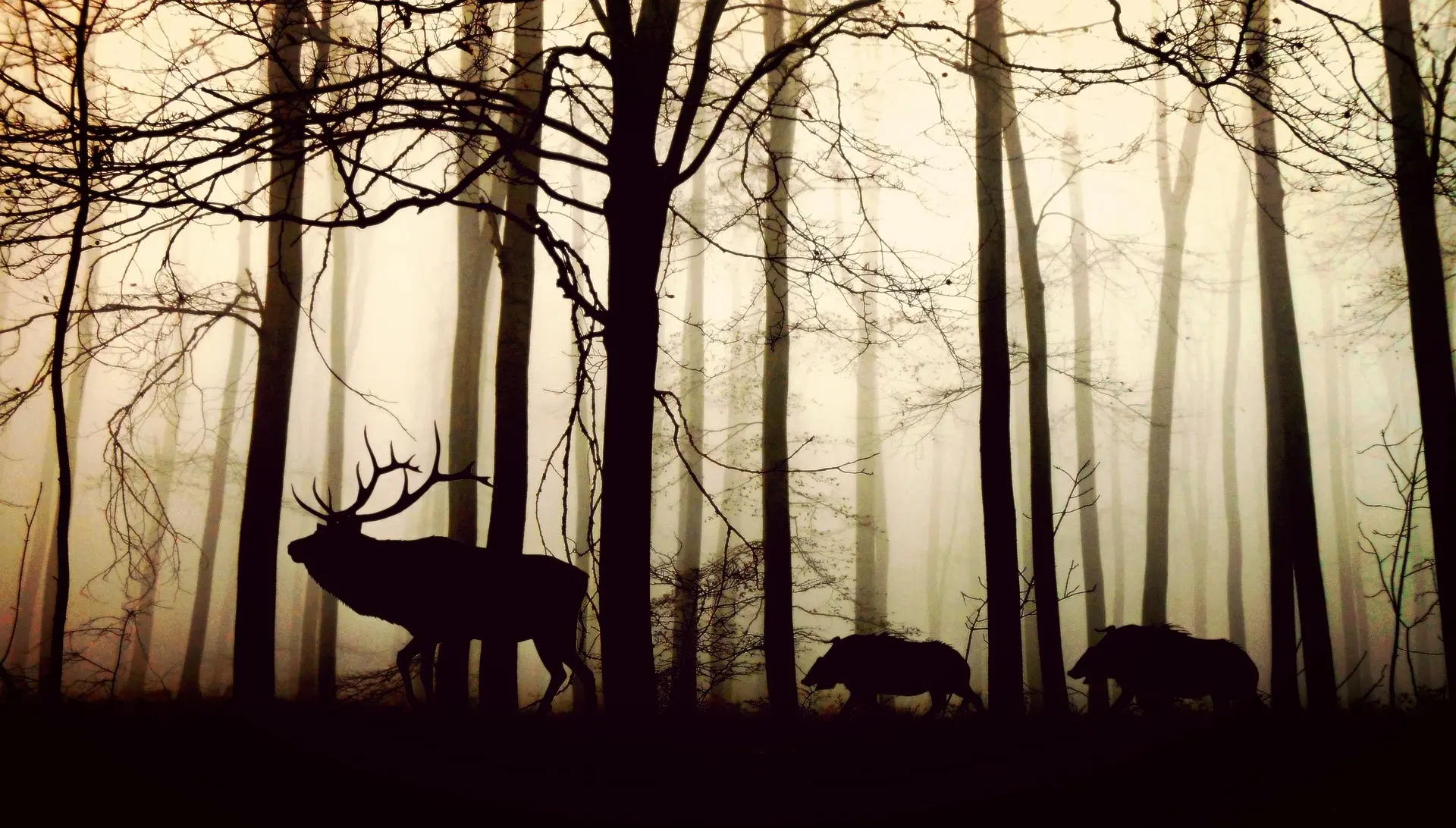
 Animals4 years ago
Animals4 years agoMost Popular Wild Animals in The World
-
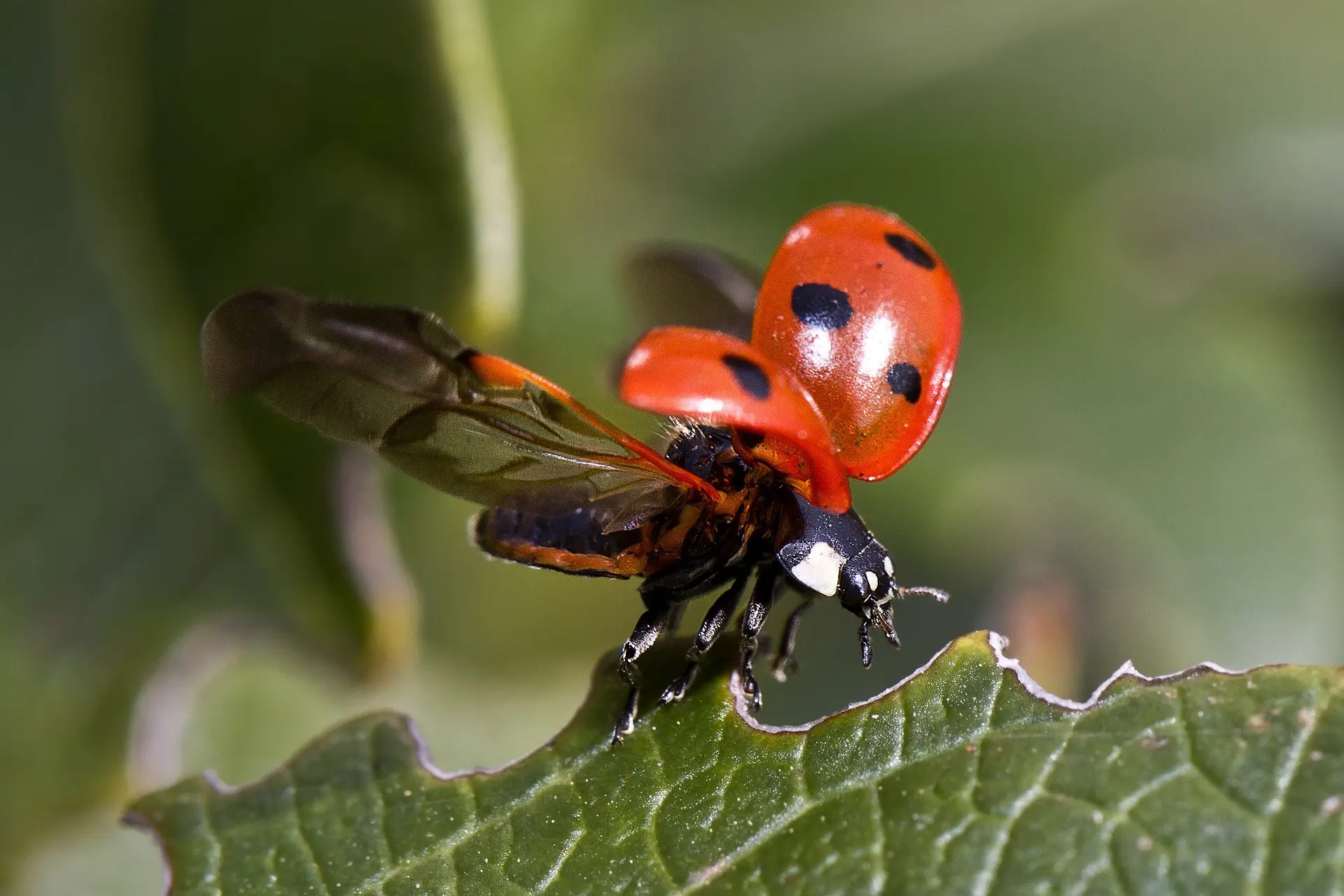
 Animals4 years ago
Animals4 years ago(10) Insects Are Animals in the world?
-
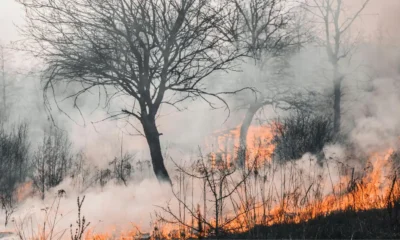
 Forests12 months ago
Forests12 months agoThe Main Factors That Contribute to Forest Destruction
-
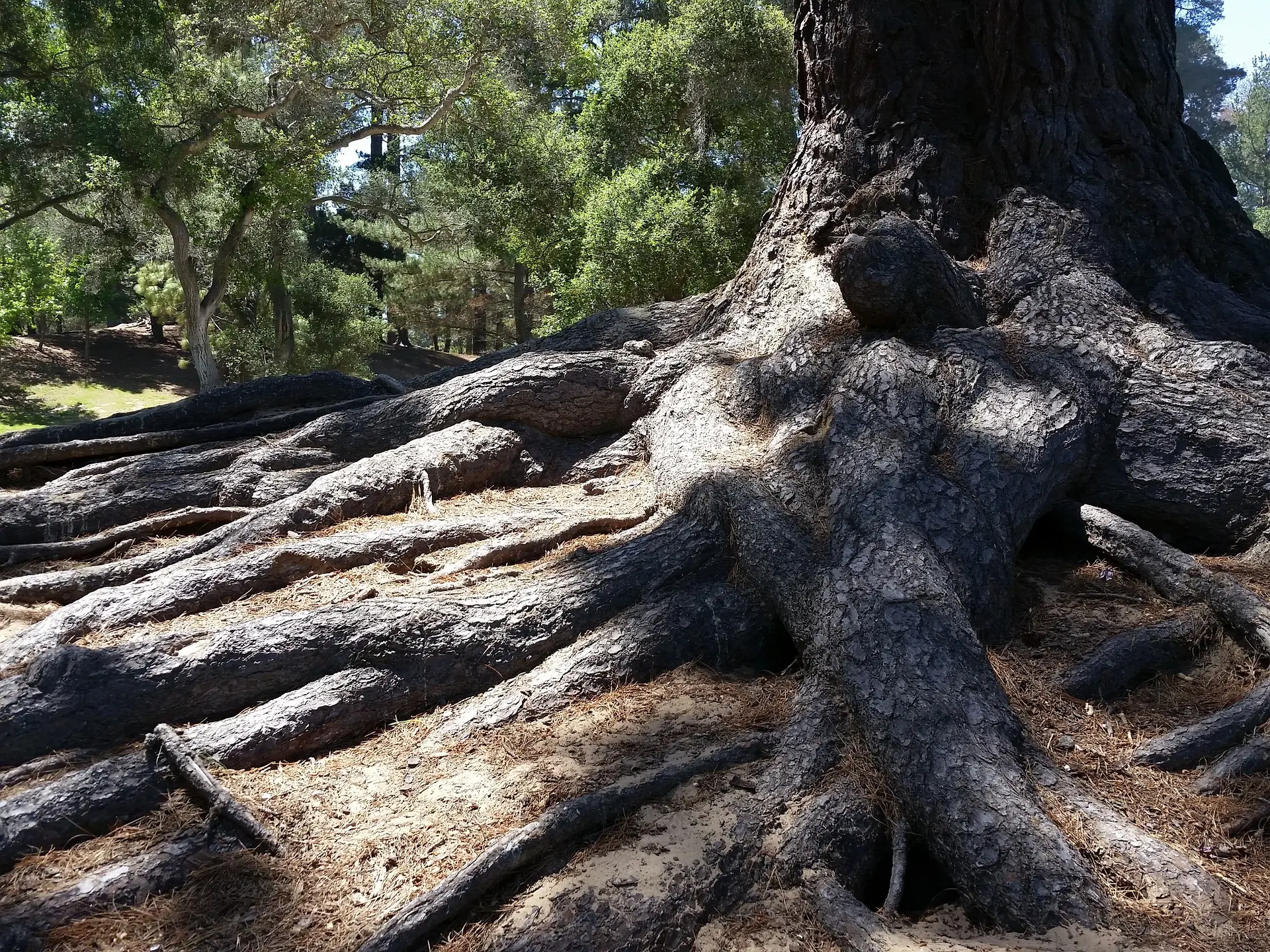
 Plants and Trees4 years ago
Plants and Trees4 years agoBiggest Trees in The World List



